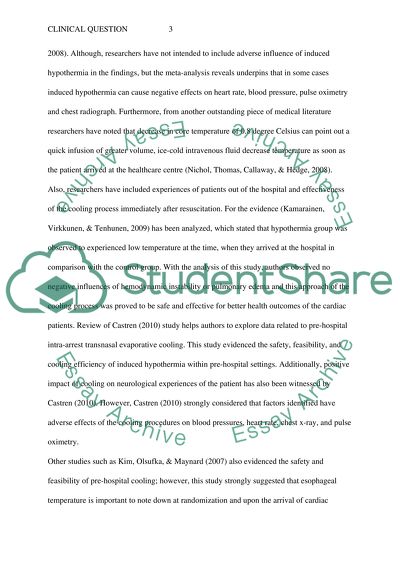Cite this document
(“Are the cooling processes immediately after resuscitation beneficial Research Paper”, n.d.)
Are the cooling processes immediately after resuscitation beneficial Research Paper. Retrieved from https://studentshare.org/nursing/1479872-are-the-cooling-processes-immediately-after-resuscitation-beneficial-in-the-pre-hospital-settings
Are the cooling processes immediately after resuscitation beneficial Research Paper. Retrieved from https://studentshare.org/nursing/1479872-are-the-cooling-processes-immediately-after-resuscitation-beneficial-in-the-pre-hospital-settings
(Are the Cooling Processes Immediately After Resuscitation Beneficial Research Paper)
Are the Cooling Processes Immediately After Resuscitation Beneficial Research Paper. https://studentshare.org/nursing/1479872-are-the-cooling-processes-immediately-after-resuscitation-beneficial-in-the-pre-hospital-settings.
Are the Cooling Processes Immediately After Resuscitation Beneficial Research Paper. https://studentshare.org/nursing/1479872-are-the-cooling-processes-immediately-after-resuscitation-beneficial-in-the-pre-hospital-settings.
“Are the Cooling Processes Immediately After Resuscitation Beneficial Research Paper”, n.d. https://studentshare.org/nursing/1479872-are-the-cooling-processes-immediately-after-resuscitation-beneficial-in-the-pre-hospital-settings.


